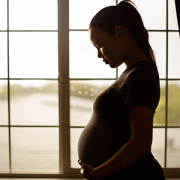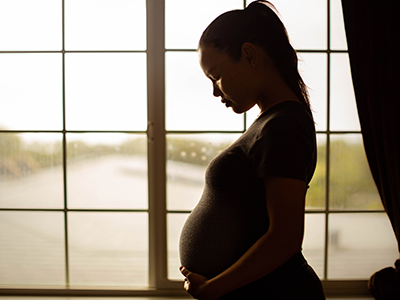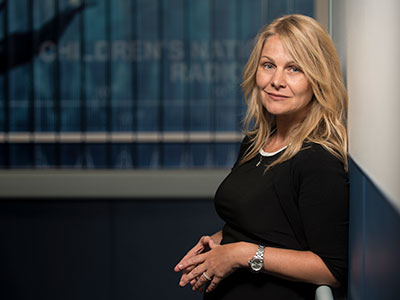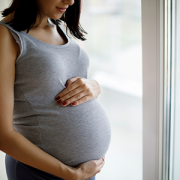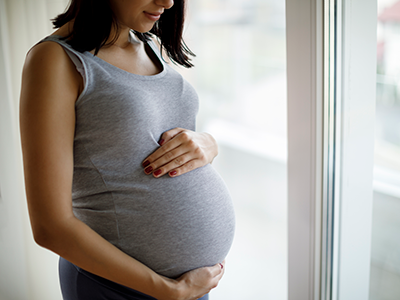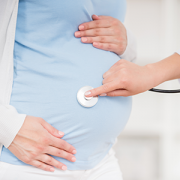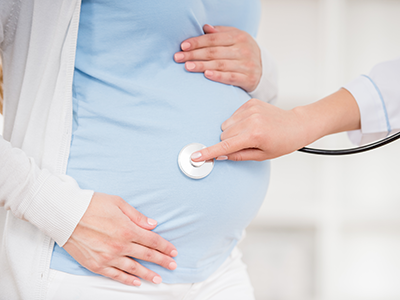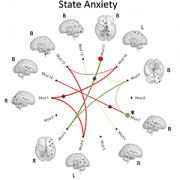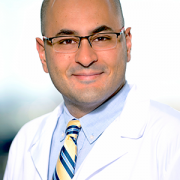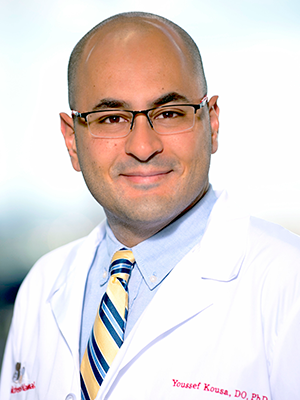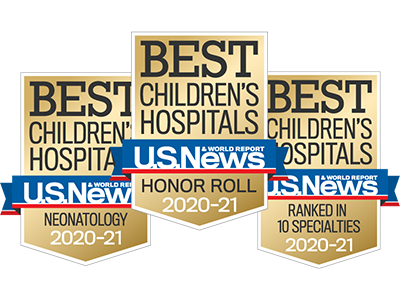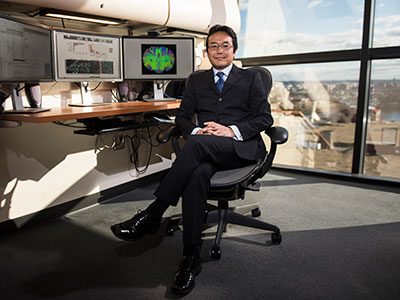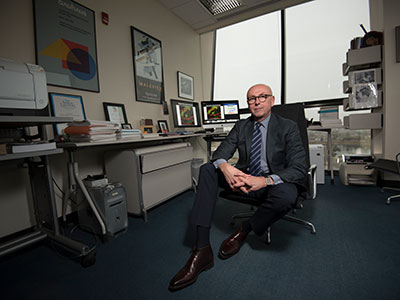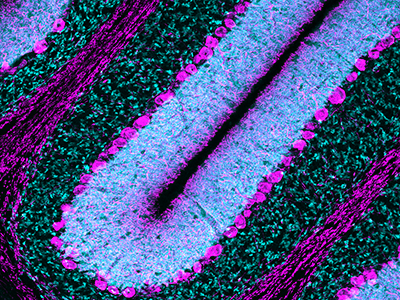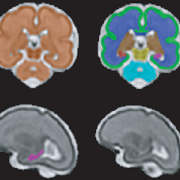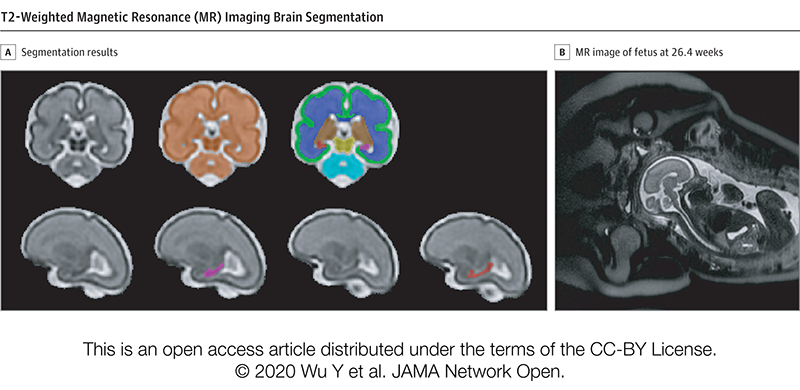Exposure to Zika in utero may produce neurodevelopmental differences
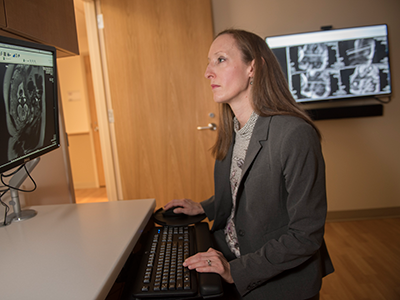
“There are still many unanswered questions about the long-term impacts of Zika on children exposed in utero,” says Sarah Mulkey, M.D., Ph.D., a prenatal-neonatal neurologist in the Prenatal Pediatrics Institute at Children’s National Hospital.
Children who are exposed to the Zika virus while in the womb, but who are not subsequently diagnosed with Zika-related birth defects and congenital Zika syndrome (CZS), may still display differences in some aspects of cognitive development, mood and mobility compared to unexposed children, reports a study published in Pediatric Research. These findings suggest that Zika-exposed children may need some additional support and monitoring as they get older.
“There are still many unanswered questions about the long-term impacts of Zika on children exposed in utero,” says Sarah Mulkey, M.D., Ph.D., a prenatal-neonatal neurologist in the Prenatal Pediatrics Institute at Children’s National Hospital and the study’s first author. “These findings are another piece of the puzzle that provides insight into the long-term neurodevelopment of children with prenatal Zika virus exposure. Further evaluation is needed as these children get older.”
It has not been clear how children who were exposed to the Zika virus in the womb during the 2015–2017 epidemic, but who did not develop CZS and serious neurological complications, will develop as they get older.
Dr. Mulkey and colleagues examined the neurodevelopment of 55 children aged 3-5 years who were exposed to Zika in the womb in Sabanalarga, Colombia, and compared them to 70 control children aged 4-5 years who had not been exposed to Zika. Assessments occurred between December 2020 and February 2021. Health professionals tested the children’s motor skills (such as manual dexterity, aiming and catching, and balance) and their readiness for school (including knowledge of colors, letters, numbers and shapes). Parents completed three questionnaires providing information about their child’s cognitive function (such as memory and emotional control), behavioral and physical conditions (such as responsibility and mobility), and their parenting experience (including whether they felt distress).
Parents of Zika-exposed children reported significantly lower levels of mobility and responsibility compared to control children, although differences in cognitive function scores were not significant. Additionally, parents of 6 (11%) Zika-exposed children reported mood problems compared to 1 (1%) of control children, and Zika-exposed parents were significantly more likely to report parental distress.
Professional testing revealed no significant differences in the Zika-exposed children’s manual dexterity, such as their ability to catch an object or post a coin through a slot, compared to the control children. Both Zika-exposed and control children also scored lowly on readiness for school.
The authors highlight that parental responses may have been influenced by the Zika-exposed children’s parents’ perceptions or increased worry about the development of their child. Some differences in results may also have been caused by the age – and therefore developmental – differences between the groups of children.
The authors conclude that while these Zika-exposed children are making progress as they develop, they may need additional support as they prepare to start school.
Dr. Mulkey is committed to studying the long-term neurodevelopmental impacts that viruses like Zika and SARS-CoV-2 have on infants born to mothers who were infected during pregnancy through research with the Congenital Infection Program at Children’s National and in collaboration with colleagues in Colombia.


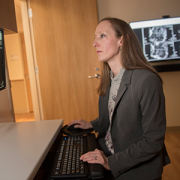
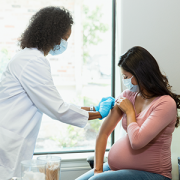
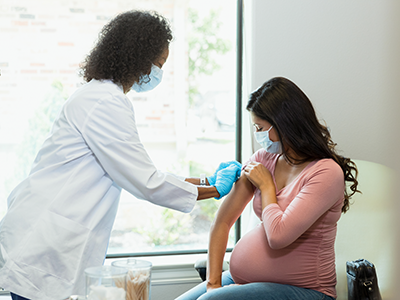



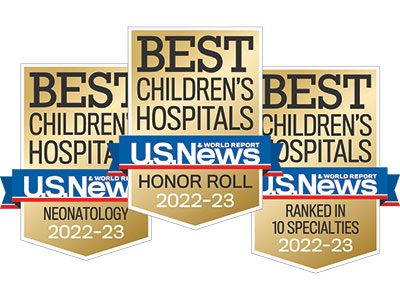 Children’s National Hospital in Washington, D.C., was ranked No. 5 nationally in the U.S. News & World Report 2022-23 Best Children’s Hospitals annual rankings. This marks the sixth straight year Children’s National has made the list, which ranks the top 10 children’s hospitals nationwide. In addition, its
Children’s National Hospital in Washington, D.C., was ranked No. 5 nationally in the U.S. News & World Report 2022-23 Best Children’s Hospitals annual rankings. This marks the sixth straight year Children’s National has made the list, which ranks the top 10 children’s hospitals nationwide. In addition, its 